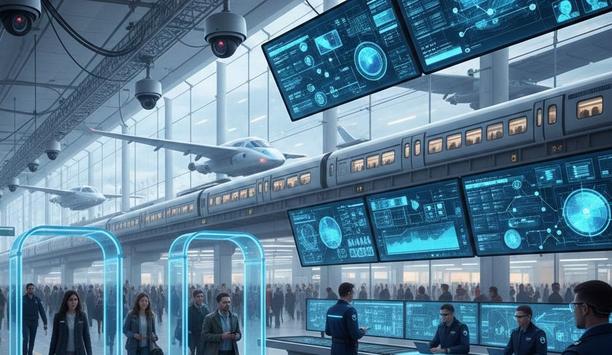When considering new IT solutions to support today’s modern security and IoT challenges, the number of options to choose from can make finding the tight solution a daunting task. One important factor to consider is whether a solution was actually designed to solve the problem at hand.
For example, many storage systems support video ingest from surveillance cameras, but many are not specialised for that very purpose. Instead, video is simply a use-case for a product that was designed for traditional IT workloads. They should be designed to handle the ingest requirements of video and IoT data streams, and retain it in a secure, reliable and efficient manner. While traditional servers and SANs are considered acceptable, when it comes to data storage for video and IoT devices as well as analytics, stakeholders should to consider newer option that have been delivering major efficiencies in the IT space for years.
The data dilemma
Video and IoT data itself are considered mission-critical for many organizations
Video and IoT data itself are considered mission-critical for many organisations. Cameras and intelligent devices provide situational awareness, record events, alert teams of potential threats, and improve safety and security. To glean valuable insights from this captured data, it must be available. And for that it must be stored properly. Furthermore, various regulations mandate retaining video for a certain time or in a way that meets minimum security standards. It does not matter whether high-quality data storage is mandated or desired — to be useful and reliable, it all needs to be both protected and available. This range of considerations is what makes the infrastructure designed for keeping that data a paramount concern.
Several factors are converging that bring video and IoT data — and its secure and reliable storage — to the forefront of infrastructure considerations. More cameras, higher-resolution cameras and more cross-channel applications for that information all point to the creation of more data and more ways it possesses value for organisations.
IP video cameras are becoming ubiquitous and are being applied more frequently and in higher density applications than previously imagined. Cameras have evolved to provide better resolution, more functionality in low-light or stressful environments and incorporate technologies like thermal detection. And now, video management systems and analytics solutions are making that wealth of data more valuable for both security and business intelligence. The bottom line is that more data needs to be securely stored so that it can be easily retrieved and analysed, all while protecting against data loss.
The bottom line is that more data needs to be securely stored so that it can be easily retrieved and analyzed
How HCI helps
Hyperconverged infrastructure purpose-built for video and IoT data can eliminate frame drops, protecting against video loss and image degradation, while delivering on the overall efficiency promise of HCI. Businesses also need to make sure their infrastructure retains certain functionality during moments when a system is compromised. The right solution can keep storage elements online, automatically restart virtual servers and allow video data retrieval without needing external methods of redundancy.
While today’s capacity and performance requirements are important now, so is having the capability to expand and scale with the business efficiently. By utilising an HCI solution, companies can handle video data, video management systems, analytics and other related applications without worrying about overspending now or encountering any difficulties in expanding their data storage in the future. Business teams in charge of managing and utilising video data need to prioritise proper and efficient storage.
The efficiencies you can realise
There’s the efficiency of function, efficiency of management and efficiency of cost
Businesses know that efficiency comes in many forms. There’s the efficiency of function, efficiency of management and efficiency of cost, to name a few. HCI that’s designed to manage the specific challenges related to video — such as 24/7 operations — provides efficiency in many different forms.
HCI done right brings together the previously disparate elements of storage, servers and management processes into a singular piece of hardware. By virtualising the servers and storage that run video and security systems, efficiencies are created that reduce footprint and simplify management, which both reduce costs.
Every business should be looking across their enterprise for ways to increase efficiency. When that gaze comes to video surveillance systems, it should be supported by an IT infrastructure that’s purpose-built to maximise the value of video.
From facial recognition to LiDAR, explore the innovations redefining gaming surveillance


























